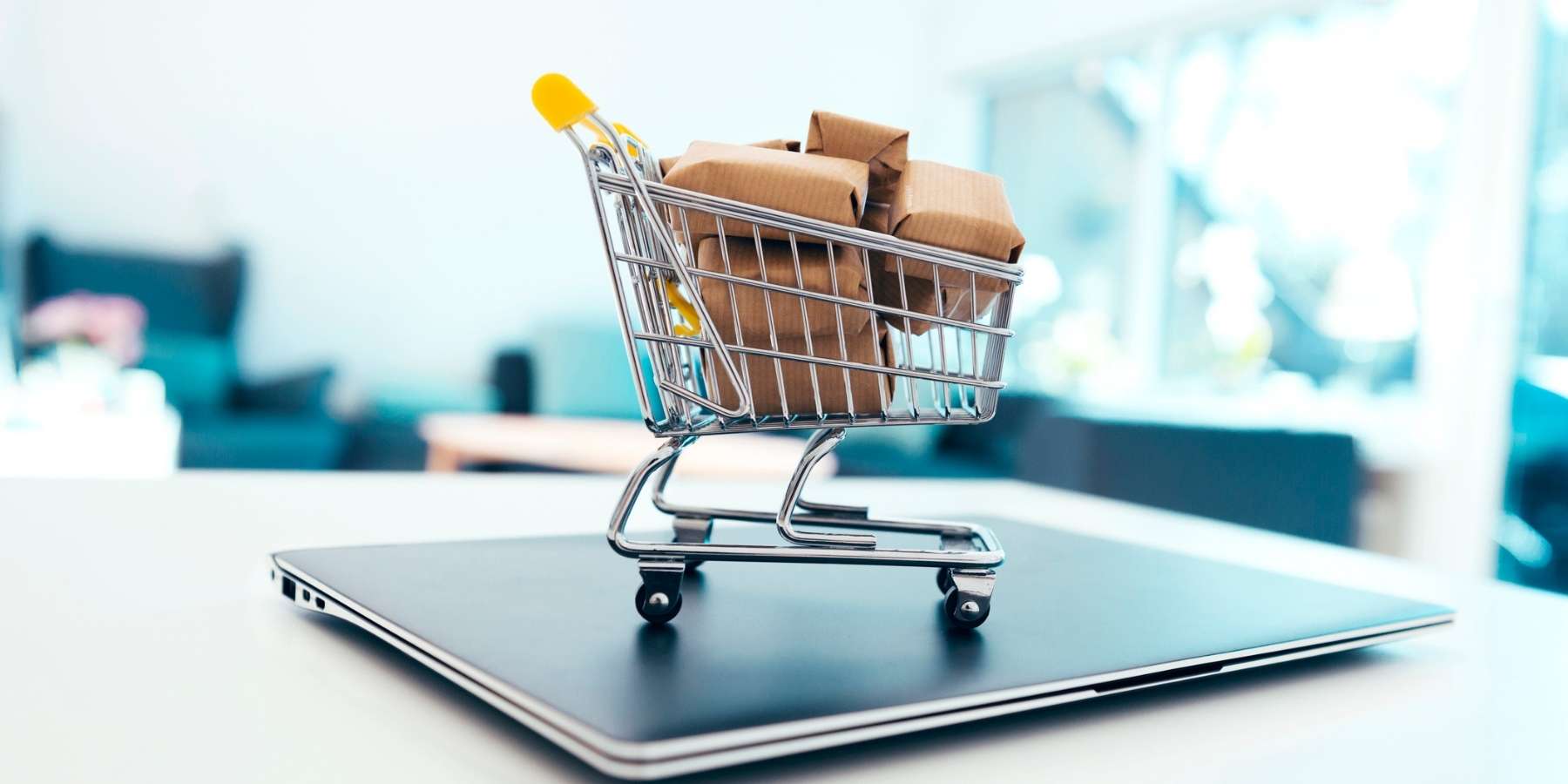As we step into 2025, I can’t help but feel excited about what’s ahead for the eCommerce retail trends shaping the industry. I’ve been immersed in the eCommerce industry for over 8 years. Through my journey, including my experience in B2B retail SaaS and eCommerce shipping solutions, I’ve witnessed firsthand how rapidly this space evolves.
This year is no different— it’s shaping up to be transformative, and I’m here to share 11 trends I believe will define the industry in 2025.
#1 Sustainability
Sustainability continues to dominate conversations across industries, and eCommerce is no exception. Consumers increasingly demand eco-friendly brands, making retailers adopt green initiatives such as biodegradable packaging and carbon-neutral shipping options.
For example, Patagonia started an initiative named the ‘Worn Wear program’ to promote the repair, reuse, and recycling of clothing, further emphasizing the brand’s commitment to sustainability. These practices not only reduce environmental impact but also strengthen brand loyalty among eco-conscious customers.
#2 Cross-Border Commerce
Global eCommerce has seen remarkable growth, and it shows no signs of slowing down. Consumers are becoming more comfortable shopping internationally, thanks to improved logistics, localized payment options, and transparent customs processes.
Retailers are leveraging platforms like Shopify Marketplace and Amazon Global to extend their reach. Additionally, technologies such as AI-powered language translation and localized marketing campaigns are removing barriers, making international shopping more seamless than ever.
#3 Rise of Same-Day and Instant Delivery
In today’s fast-moving world, delivery speed has become a critical differentiator in certain categories. Platforms like Instacart and GoPuff have set benchmarks for quick commerce, raising consumer expectations to new heights.
Retailers are investing in local fulfillment centers, micro-warehousing solutions, and gig economy couriers to meet these demands. Meanwhile, innovations like drone delivery and autonomous vehicles are no longer just experimental but are actively being integrated into logistics chains, promising a new era for last-mile delivery.
#4 Voice Commerce
Voice commerce is set to reshape online shopping in 2025. With the widespread adoption of smart speakers like Amazon Echo and Google Nest, consumers can now shop using simple voice commands.
This trend is not just about convenience; it also enables personalized marketing opportunities. For instance, a virtual assistant might suggest product recommendations based on your past purchases or remind you to reorder essentials.
#5 AI in Retail
Artificial intelligence (AI) is transforming the retail landscape too. AI-driven tools are enhancing personalization, inventory management, and customer service.
For example, chatbots powered by natural language processing can provide instant support, while AI algorithms analyze consumer behavior to deliver tailored product recommendations. Predictive analytics is helping businesses forecast demand, optimize pricing, and reduce stock issues. In 2025, expect even more sophisticated applications, such as virtual shopping assistants and advanced fraud detection systems.
#6 Omnichannel Retailing
The lines between online and offline shopping are blurring. Consumers are channel agnostic and expect a unified experience across all buying channels— mobile apps, websites, and physical stores.
For instance, a customer might browse products online, try them out in-store, and complete the purchase via an app. Technologies like real-time inventory synchronization are making these transitions seamless. Retailers that embrace omnichannel strategies are seeing higher customer satisfaction, increased sales, and stronger retention rates.
#7 Social Commerce
Social media platforms are evolving into powerful sales channels. Features like Instagram Shops and TikTok’s shopping ads allow users to discover and purchase products directly within the apps.
Social commerce bridges the gap between inspiration and transaction. Live shopping events and influencer collaborations are further fueling this trend, turning social platforms into vibrant marketplaces. For example, brands that host live demos or partner with influencers often see a significant boost in engagement and sales.
#8 Resale Luxury
The resale market for luxury goods is booming, driven by sustainability and affordability. Platforms like The RealReal and Vestiaire Collective have made buying and selling pre-owned designer items easier than ever.
This trend appeals particularly to younger, eco-conscious shoppers who value quality and uniqueness without the hefty price tag. Retailers are also launching their own resale initiatives, tapping into this movement to attract new customers and extend product lifecycles.
#9 Retail Media
Retail media is emerging as a lucrative revenue stream for eCommerce retailers. It involves retailers transforming their online platforms into advertising spaces where brands can run targeted ads directly to shoppers. By doing so, retailers provide brands with access to highly engaged audiences at the point of purchase, creating opportunities for personalized, data-driven marketing.
For example, data-driven ad placements on retailer sites create new monetization opportunities while reaching highly engaged audiences. Retailers are investing in sophisticated ad platforms to deliver personalized advertising experiences, making retail media a win-win for brands and businesses alike.
#10 Gamified Loyalty Programs
Gamification is elevating loyalty programs by making them more engaging and interactive. Retailers incorporate challenges, badges, and leaderboards to encourage repeat purchases and foster community.
For instance, a points-based system might reward customers for actions like writing reviews or sharing products on social media. Such programs drive both sales and brand advocacy, helping merchants stand out in an increasingly competitive market.
#11 Shipping Flexibility
90% say the shipping experience accounts for at least half of their overall shopping experience. In 2025, consumers will demand even greater flexibility, from free in-store pickup to day-definite delivery windows.
Retailers are adopting technologies like fulfillment optimization and real-time tracking to enhance the shipping experience. Transparent communication about costs and delivery times remains crucial for building trust and reducing cart abandonment rates. Providing flexible shipping options ensures customers feel in control of their purchases.
Final Thoughts
The online retail industry is poised for exciting transformations in 2025. By embracing emerging trends, retailers can stay ahead of the curve and deliver exceptional shopping experiences that drive loyalty and growth. Whether it’s leveraging AI, adopting sustainable practices, or exploring new sales channels, the opportunities for innovation are limitless in current times.
Thank you for reading my take on the trends shaping 2025. If you enjoyed these insights, check out our blogs for more trends, shipping strategies, and expert tips on shaping the future of eCommerce.








